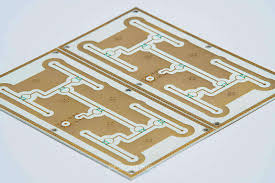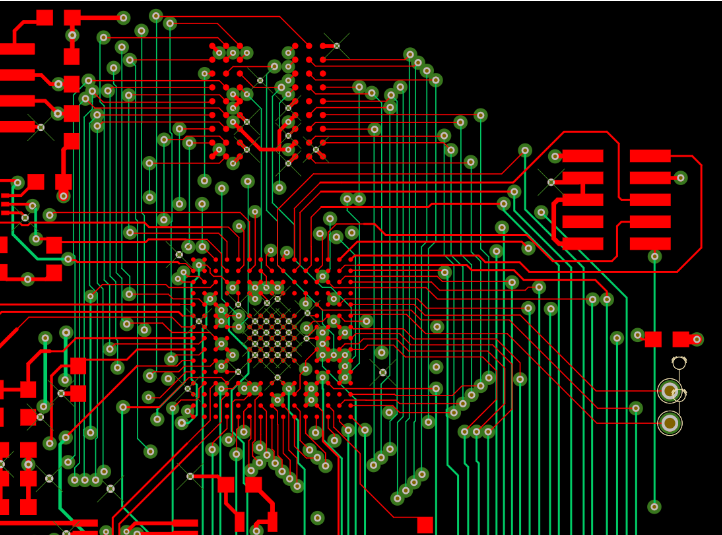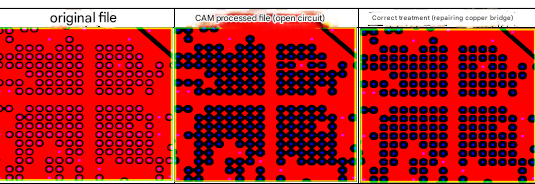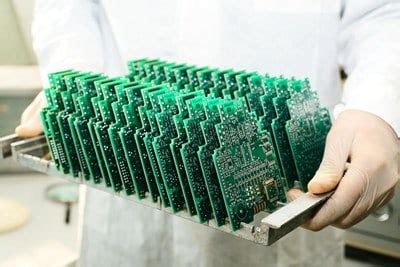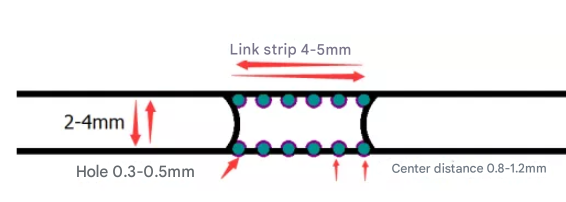PCB Assembly in the USA: An In-Depth Analysis
Introduction
Printed circuit boards (PCBs) are core components of modern electronic devices and are widely used in consumer electronics, medical devices, automotive electronics, industrial control and other fields. With the continuous advancement of technology and the increase in market demand, the industrial chain of PCB assembly in the United States is also evolving. This article will take an in-depth look at the PCB assembly industry in the United States, including its development history, current status, major companies, technological trends and future prospects.
History and Development of PCB Assembly
The history of PCB can be traced back to the early 20th century, but the real commercialization was in the 1950s. At that time, with the rapid development of electronic technology, PCB gradually replaced the traditional wiring method and became an indispensable part of electronic products. As one of the birthplaces of electronic technology, the United States took the lead in PCB design and manufacturing in the early days.
After entering the 21st century, with the acceleration of globalization, many American companies chose to outsource PCB production to lower-cost countries such as China, India and Southeast Asian countries. However, in recent years, due to changes in trade policies, the fragility of the supply chain, and concerns about quality and delivery time, more and more companies have begun to reconsider the feasibility of PCB assembly in the United States.
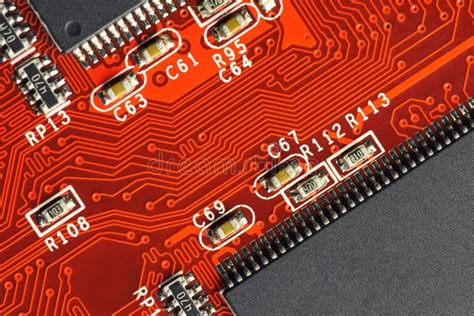
Current status of the US PCB assembly industry
(1)Market size and growth
According to market research reports, the size of the US PCB market is expected to reach billions of dollars in 2023, with an average annual growth rate of about 5%. With the rise of emerging technologies such as the Internet of Things (IoT), 5G communications, and artificial intelligence (AI), the demand for PCBs will continue to grow.
(2)Major companies
There are many well-known companies in the US PCB assembly industry, including but not limited to:
Jabil: As a leading global electronics manufacturing services company, Jabil has strong technical strength and market share in PCB assembly.
Flex: Flex provides comprehensive electronics manufacturing solutions, including PCB design, assembly, and follow-up services.
Sanmina: Sanmina focuses on the manufacturing and assembly of high-complexity PCBs, serving high-end markets such as medical and aerospace.
TTM Technologies: TTM has significant technical advantages in the field of high-frequency and high-speed PCBs, which are widely used in the communications and computer industries.
(3)Industry chain structure
The US PCB assembly industry chain usually includes the following links:
Design: The design of PCBs is usually completed by professional design companies or internal R&D teams, using advanced design software for circuit layout and simulation.
Manufacturing: PCB manufacturing includes processes such as material selection, printing, etching, and drilling, which are usually carried out by specialized manufacturing plants.
Assembly: The assembly process includes component placement, welding, and testing, which are usually completed at the same location to improve efficiency.
Testing and quality control: After assembly, strict testing and quality control are carried out to ensure product reliability and performance.
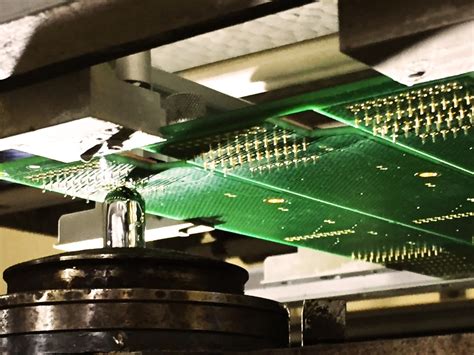
Technology Trends
(1)Automation and Intelligent Manufacturing
With the advancement of Industry 4.0, automation and intelligent manufacturing have been widely used in PCB assembly. Automated equipment can improve production efficiency, reduce human errors, and reduce production costs. Intelligent manufacturing uses big data analysis and Internet of Things technology to achieve real-time monitoring and optimization of the production process.
(2)High-density interconnection (HDI) technology
HDI technology allows more complex circuit designs to be implemented in a smaller space, and is suitable for small electronic devices such as smartphones and tablets. With the increasing demand for miniaturization and lightweight in consumer electronics, HDI technology has become increasingly important in PCB assembly in the United States.
(3)Environmental protection and sustainable development
Increasingly stringent environmental regulations have prompted PCB assembly companies to pay attention to sustainable development. Many companies have begun to adopt environmentally friendly materials and processes to reduce waste and pollution in the production process. In addition, the technology of recycling and reusing PCB materials is also developing to reduce the impact on the environment.
Challenges and Opportunities
(1)Talent shortage
Although the PCB assembly industry in the United States is recovering, talent shortage remains a major challenge. With the rapid development of technology, the industry’s demand for highly skilled workers is increasing, and the relevant education and training systems have not yet fully kept up.
(2)Supply chain risk
The complexity of the global supply chain puts PCB assembly companies at risk. For example, during the epidemic, many companies encountered component shortages. Therefore, many companies are considering establishing a more flexible and localized supply chain to reduce risks.
(3)Competitive pressure
Although the PCB assembly industry in the United States is recovering, competition from low-cost manufacturers overseas still exists. American companies need to remain competitive through technological innovation and providing high value-added services.
Future Outlook
Looking ahead, the PCB assembly industry in the United States will continue to develop, mainly in the following aspects:
Technological innovation: With the continuous emergence of new materials and new processes, PCB assembly technology will continue to upgrade, pushing the industry to a higher technological level.
Diversification of market demand: With the rise of emerging markets such as 5G, Internet of Things, and smart home, the demand for PCBs will become more diversified, and companies need to respond flexibly to market changes.
Localized production: Due to the increase in supply chain risks, many companies will pay more attention to localized production to improve response speed and flexibility.
Conclusion
The PCB assembly industry in the United States is facing a situation where opportunities and challenges coexist. With the advancement of technology and changes in market demand, companies need to continue to innovate to adapt to the new market environment. By strengthening talent training, optimizing supply chain management, and promoting sustainable development, the PCB assembly industry in the United States is expected to achieve greater development in the future.

